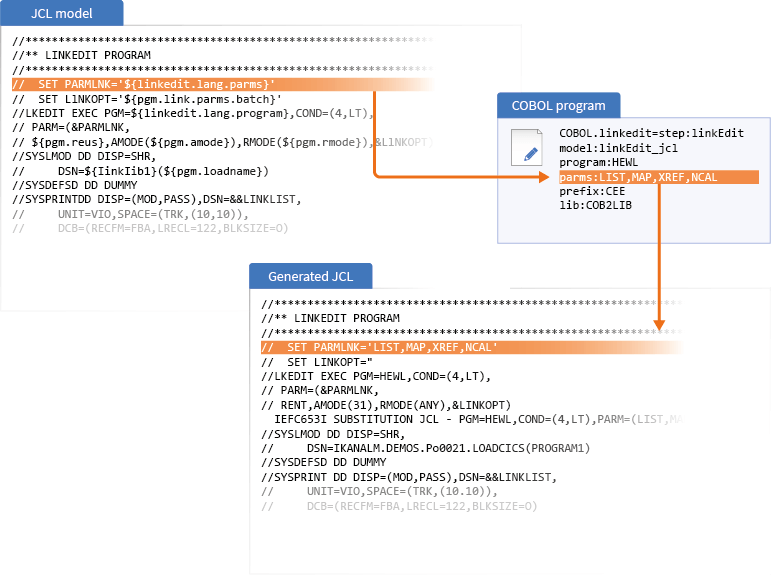The term that is “in” today, especially when you talk about legacy and mainframes, is modernization.
Wikipedia defines it as follows: “Legacy modernization, or software modernization, refers to the conversion, rewriting or porting of a legacy system to a modern computer programming language, software libraries, protocols, or hardware platform. Legacy transformation aims to retain and extend the value of the legacy investment through migration to new platforms”.
To address the life cycle management part of modernization and other hot topics like DevOps and ARA, we have developed a “web based, platform and environment independent framework”. What do me mean by that?
Web based
The only interface you need to use our tool is a web interface. Of course once it is up and running. Through that interface you can define machines you work on, projects you would like to handle, one or more life cycles for each project (ongoing development, maintenance on releases that are currently in production,..) and all actions (scripts) you would like to run on each development or deploy step.
Platform Independent
We don’t care if you run applications on a Windows, Unix/Linux or mainframe (z/OS) architecture.
Environment Independent
You can have applications written in Assembler, COBOL, PL/1, JAVA, .NET or SAP (ABAP or JAVA) or more “exotic” languages like IBM Data Stage or Oracle Warehouse Builder or Oracle Data Integrator.
Application Life Cycle Management framework
What should we call it? A solution for Agile Developers, Continuous Integration (CI), Continuous Deployment (CD), DevOps or ARA. Yes, it can do it all.
Our approach
Our approach is process driven and it is up to you to define how you want to organize and run your software development and deployment processes. But what is the use of a framework? Today people want solutions, easy to setup and use, with no or a limited learning curve!
That is why we have introduced our Phases concept: (predefined), reusable, parameter driven scripts. As a user you just select the Phases you need, change the parameters of your Phases to your values and standards. As Phases are basically user-friendly scripts you can develop easily your own Phases or use existing Phases.
Through our existing z/OS Phase catalog we have an Application Life Cycle Management (DevOps, ARA,..) solution for z/OS. One of the things our Phases do, by example, is generating JCL: tailored to what you need to do and tailored to your standards.
Our Phase Models. We use JCL models that you can extend and refine. An example for a LINKEDIT step:
// SET PARMLNK='${linkedit.lang.parms}'
After substituting the parameters (${PARAMETER}) with the right values and using these parameter values for a COBOL program:

Start reading the first post in this series: Introduction to Mainframes and DevOps

About the author
Hello, my name is René De Vleeschauwer.
Throughout my career I've been responsible for the development of enterprise software. Since 12 years I've been leading the development of IKAN ALM, an open DevOps framework.